🌑 November 9 – Lanterns of the Lost Path
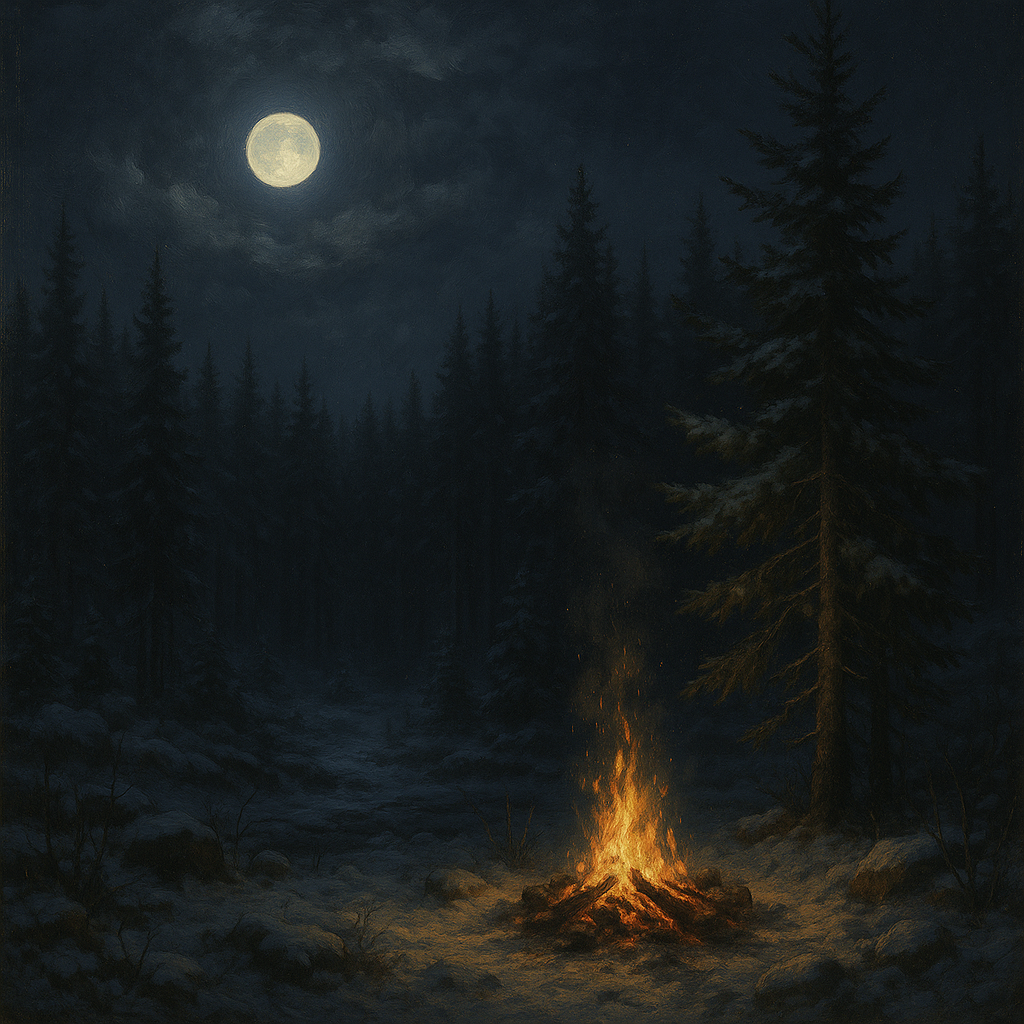
Guiding ancestral spirits back to peace; candle rituals for closure.
There is a tenderness in this night, a softness that hums between the flicker of light and the hush of darkness. The world has grown still beneath the long breath of early winter, and yet the air feels full — full of memories, whispers, echoes of those who once walked the earth beside us. On November 9, we honor Lanterns of the Lost Path — a night of gentle guidance, when we help wandering spirits find rest, and when we, too, seek closure in our own hearts. It is a night of candlelight and remembrance, of release and compassion, where flame becomes both beacon and blessing.
In the old ways, it was said that when the veil thinned at Samhain, not every spirit crossed back when dawn returned. Some lingered — not out of malice, but from longing. Perhaps they clung to unfinished love, or to grief left unspoken. Perhaps they simply forgot the way home. The living, in their wisdom, knew that compassion must extend even to the unseen. So they lit lanterns, placed candles upon windowsills, along paths, and at crossroads — lights to show the way, small suns to lead lost souls gently into peace. These lights were never meant to command, but to comfort; never to banish, but to bless.
Tonight continues that tradition. The Lanterns of the Lost Path are not only for the dead, but for all that wanders within us — the memories that haunt, the emotions unresolved, the aspects of self that remain lost in shadow. To light a candle tonight is to become both guide and guided, to offer light where there has been confusion, warmth where there has been coldness. The flame becomes a bridge between worlds, illuminating both the spirit realm and the hidden corners of the soul.
Begin by preparing your space with reverence. Dim the lights. Let the quiet settle. Gather a few candles — as many or as few as feel right — and set them where their light can softly fill the room. You may wish to place one near a photograph or keepsake of an ancestor, one near your window to face the night, and one before you as a personal light of healing. As you kindle each flame, speak gently: “This light is for peace. This light is for rest. This light is for remembering and release.” Let the flames breathe with you, flickering in rhythm with your heart.
The act of lighting candles has always been more than symbolic. Fire consumes, transforms, and liberates. It is said that spirits are drawn to flame because it mirrors the soul’s essence — luminous, ever-moving, beyond form. As the candles burn, imagine their light extending beyond your home, out into the world. Imagine the glow touching paths unseen, reaching spirits still searching for their way. See them pause, comforted, their faces softening in recognition. They have found the light they needed — not only the physical glow, but the compassion behind it. Whisper to them softly: “Go in peace. Be free. Be remembered in love.”
As you do this, something inside you begins to release as well. We all carry our own lost paths — regrets, unfinished goodbyes, emotions that never found closure. The same flame that guides the departed can illuminate these inner corridors. Gaze into the candle before you and ask: What part of me still wanders in the dark? You may feel a memory rise, a sorrow long ignored, or a sense of longing without name. Do not turn away. Let the light hold it, warm it, transform it. Closure does not come from forgetting, but from illumination — from seeing clearly what has been hidden, and blessing it with compassion.
In folklore, crossroads were sacred to these rites — places where paths diverged, where choices met, where the veil was thinnest. People would leave a lantern there so that spirits, confused between this world and the next, could find the right road. Today, that crossroad may be within yourself: the place where the past meets the present, where grief meets gratitude, where what has been meets what will be. Light becomes the compass that helps you navigate that intersection. As you hold the candle’s warmth in your palms, imagine yourself standing at that crossroad, choosing peace, choosing release.
It is said that light, once kindled in remembrance, never truly goes out. The flame may fade, the wax may cool, but the energy it carried continues — a ripple in the unseen. Every candle lit for a wandering soul is an act of healing not only for them, but for the collective spirit of humanity. The world is full of unfinished songs, unspoken apologies, forgotten names. To light a lantern is to say: You are not forgotten. You are not alone. It is an act of sacred hospitality — welcoming even those who have passed beyond the threshold into the warmth of care.
This ritual is also a moment of self-reconciliation. The “lost spirits” we guide are not only the departed, but the parts of ourselves left behind in past chapters. The child within us who still grieves, the dream abandoned, the version of self we once were but no longer recognize — all these linger, waiting for our light. Tonight, light a candle for them, too. Speak their names if you can. Thank them for carrying you this far. Then, with gentle breath, release them into peace. The past, once honored, no longer haunts. It becomes ancestor — not ghost.
As the night deepens, allow yourself to sit in the glow of the candles. Notice how the shadows dance — alive, yet soft. There is magic in this interplay of dark and light. The shadows are not your enemies; they are the spaces where light learns to breathe. The flicker of flame upon your face is the same flame that once burned in sacred groves, in temples, in homes across centuries. In this act of remembrance, you stand within an unbroken lineage of souls who understood that light is the language of love.
When the time feels right, you may extinguish the candles one by one, or let them burn down naturally. As each flame fades, speak a word of gratitude: “Thank you for your light. May peace remain.” The smoke that rises carries your intention into the unseen — a final blessing drifting into the night. Open a window, just slightly, to let that energy pass through, like a sigh of release. The air will shift, the atmosphere will lighten. Something invisible will settle into balance.
By morning, when you look upon the melted wax, know that the ritual has completed its quiet work. The spirits have found their way, and you, too, have found a small piece of peace within. The Lanterns of the Lost Path remind us that light is both guidance and farewell — that love continues even as we let go. To honor the wandering is to honor the movement of life itself, ever-flowing, ever-returning to rest.
As the first light of dawn touches the frost, the world seems gentler, as though exhaling from a long-held grief. You may feel lighter, too — not emptied, but illuminated from within. This is the gift of the lantern: to transform loss into blessing, darkness into quiet beauty. On this day, and in every season that follows, may your inner light shine gently upon all that wanders — within and beyond.

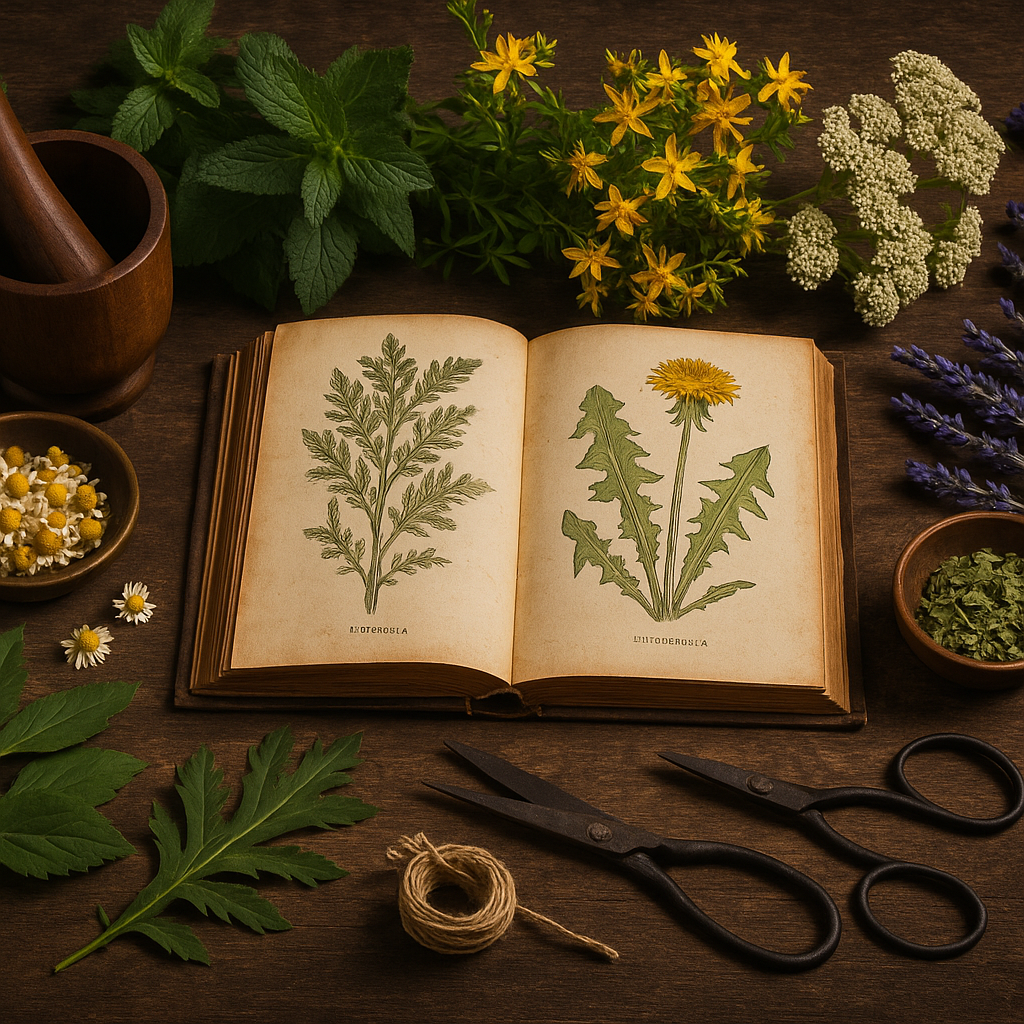
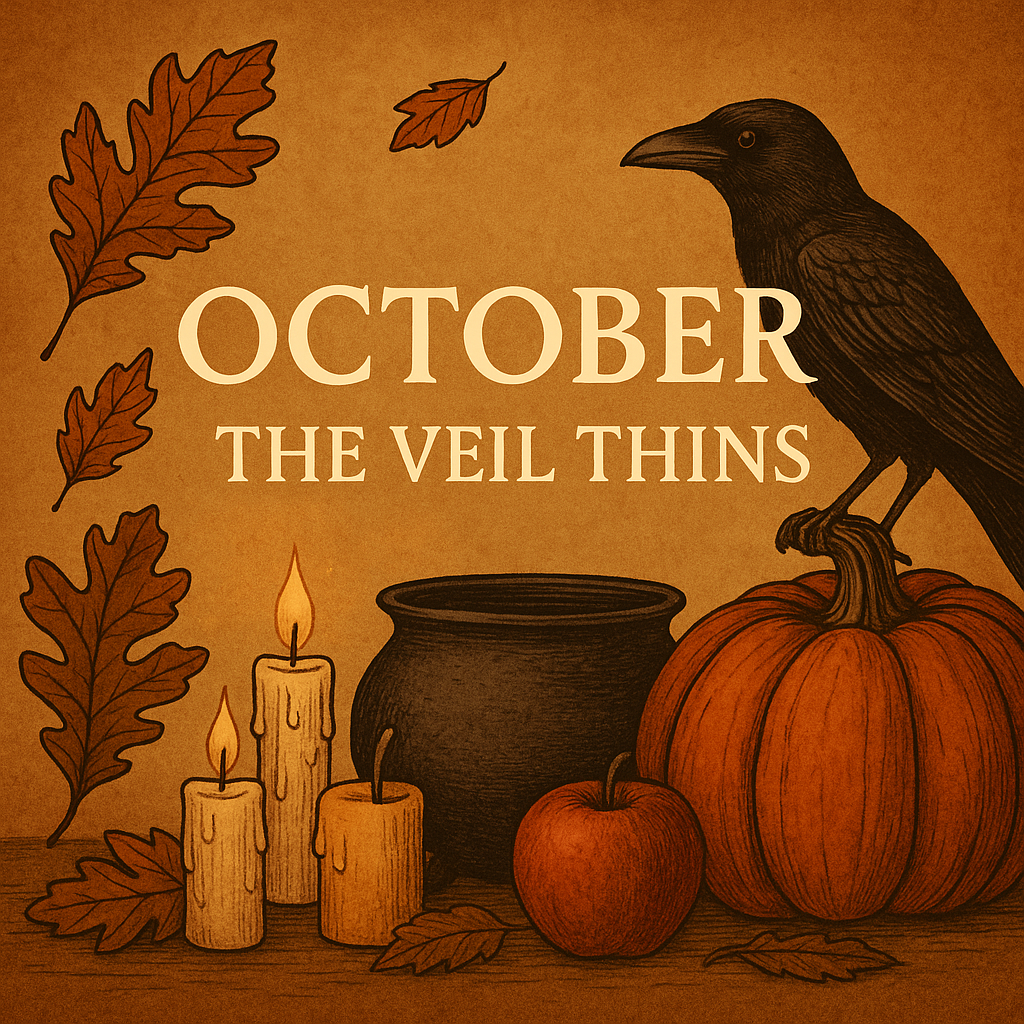
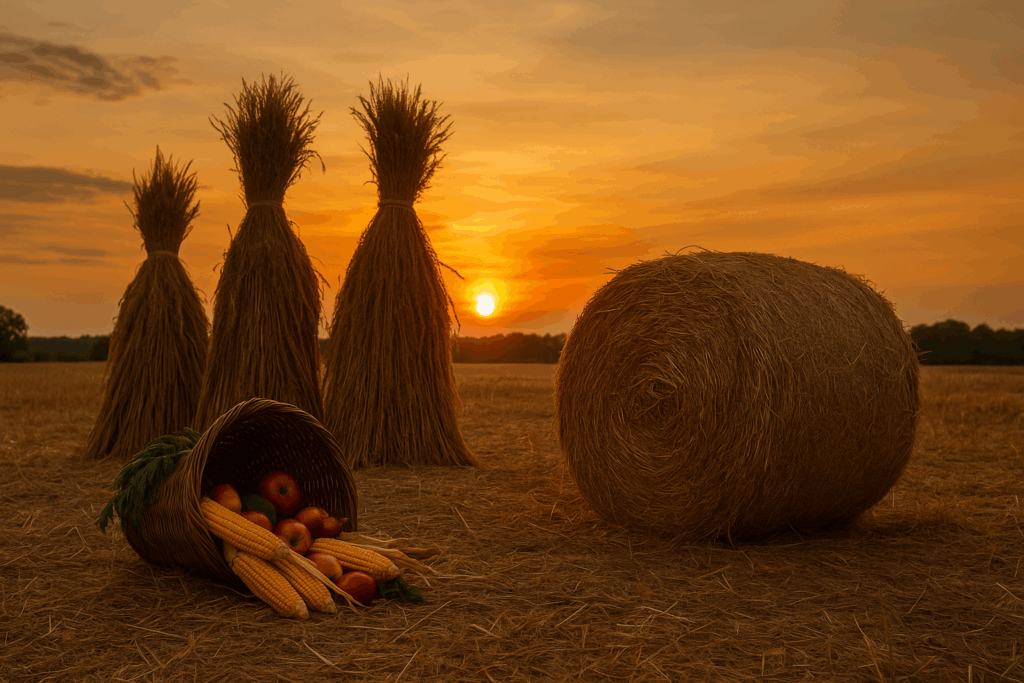

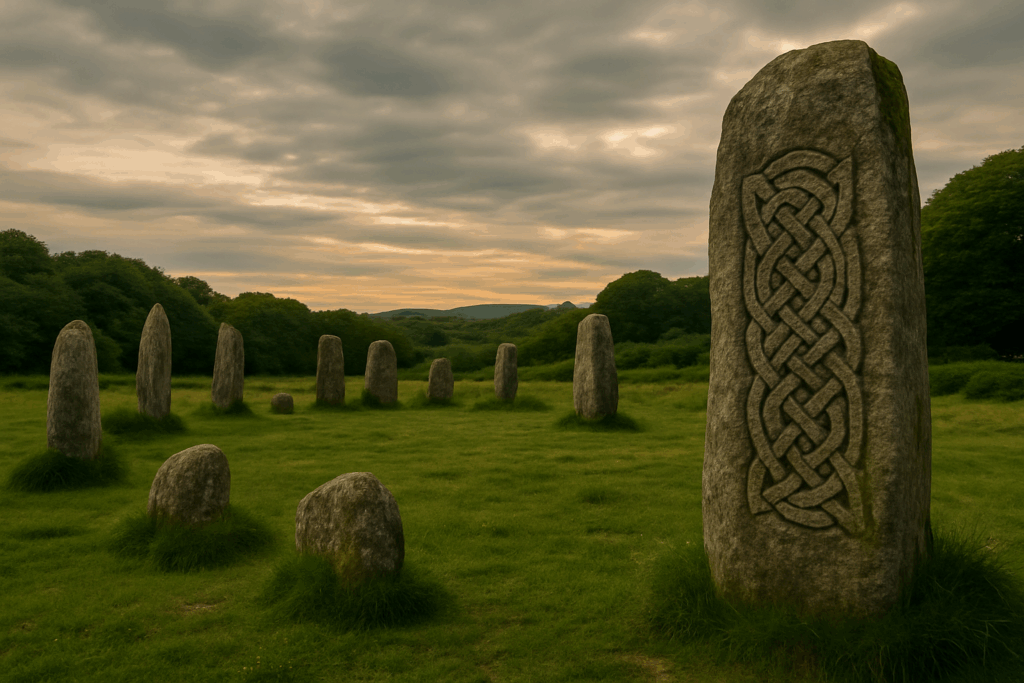
Responses